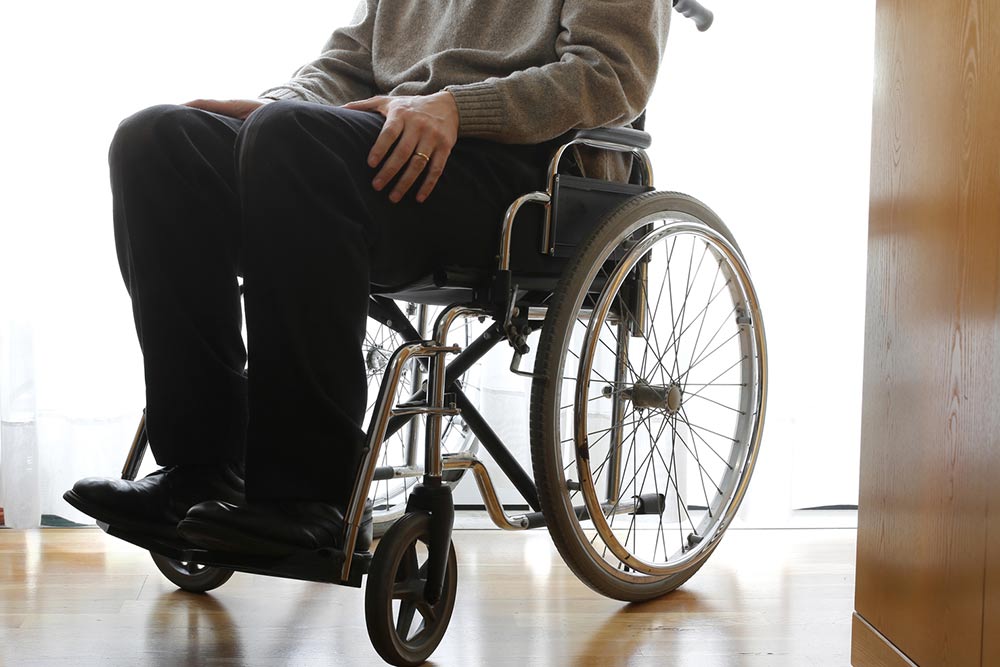Causes and Signs of Muscular Dystrophy
Muscular dystrophy is a term for describing several health problems that make one’s muscles weaker over time. It is caused by genetic abnormalities that stop the body from developing a specific protein necessary to build up the muscles. The condition leads to a loss of muscle mass, which, in turn, causes severe symptoms that last for the person’s entire life. Understanding the common causes and symptoms of muscular dystrophy can help manage the symptoms better.

Causes of muscular dystrophy
Muscle dystrophy occurs due to changes in a person’s genetic structure. Under normal circumstances, one’s genes play an important role in keeping the muscles healthy and ensuring they function well. But when affected by the condition, the genetic changes or mutations lead to poor muscle health.
People usually inherit the genetic mutation from an immediate family member, such as parents or grandparents. A person may inherit the genetic mutation in three different ways depending on the dystrophy type:
- Dominant inheritance
Dominant inheritance is when a person inherits the gene mutation from either parent. This genetic inheritance causes specific types of muscular dystrophy, such as myotonic, oculopharyngeal, and facioscapulohumeral muscular dystrophies. - Recessive inheritance
A person inherits the genetic mutation from both parents in this muscular dystrophy type. Several variations of limb-girdle muscular dystrophy are usually caused by recessive inheritance. - Gender-linked or X-linked inheritance
Mutations in the X chromosome genes cause this form of inheritance. Duchenne and Becker muscular dystrophies usually develop due to this mutation. The symptoms in men are far more severe than in women.
People can also develop spontaneous muscular dystrophy in rare instances where the gene mutation occurs spontaneously and is not inherited. This type of mutation is also known as de novo mutation.
Signs of muscular dystrophy based on the type
While muscular dystrophy signs differ depending on the type of the disorder, in most instances, the primary symptoms are usually the same: muscle weakness and other problems related to muscle strength and movement. However, each type of muscle dystrophy affects different groups of muscles, leading to several other indicators of muscle dystrophy. Here are some symptoms based on the different types of dystrophy:
Duchenne muscular dystrophy
It is one of the most common forms of muscular dystrophy, where the symptoms usually start to show up during early childhood. Some signs include:
- Falling down frequently
- Finding it difficult to rise up from a sitting or lying down position
- Trouble jumping and running
- A waddling gait
- Walking on the toes
- Enlarged calf muscles
- Stiffness and pain in the muscles
- Delays in growth
- Learning disabilities
Becker muscular dystrophy
While the signs of this type of muscular dystrophy are similar to those of Duchenne muscular dystrophy, their severity is much milder, and their progress is slower. Moreover, the symptoms develop during the teen years, or sometimes, until the person reaches their 20s or later.
Other types of muscular dystrophy
Most other types of muscular dystrophy are usually identified based on where the symptoms start to develop in the body. Some examples are:
- Myotonic muscular dystrophy
This type of muscular dystrophy usually affects the ability of one’s muscles to relax after contractions. The neck and the face muscles are usually affected in the initial stages of the disorder. Because of this, the patient’s face takes on a long and thin structure, the eyelids droop, and the neck muscles lose strength. The person’s neck also assumes a swan-like appearance toward the back. - Facioscapulohumeral or FSHD
In this type of muscular dystrophy, the muscle weakness starts around the face, shoulders, and hips. One’s shoulder blades begin to stick out whenever the arms are raised over the head and appear like wings. While the symptoms usually start to appear during a person’s teens, the onset can sometimes be as early as childhood or later during the 50s. - Congenital muscular dystrophy
The symptoms of this form of muscular dystrophy show up right at birth and become noticeable at least before the child turns two. Usually, congenital muscular dystrophy progresses slowly compared to the other types. While it causes a mild form of disability quite early on, the symptoms may sometimes become severe quickly, leading to severe impairment. - Limb-girdle muscular dystrophy
The muscles of the shoulders and hips are the first to be affected by this type of muscular dystrophy. People with this condition find it hard to lift their toes and the front part of the foot, so they frequently trip and fall. This symptom starts to become apparent during early childhood or during one’s teens.
People whose muscles become weak for no reason should see a healthcare professional. The expert can find out the cause and suggest a suitable solution to help one recover and live a normal life. The earlier one goes to the doctor, the better they can manage their health in the long run.

